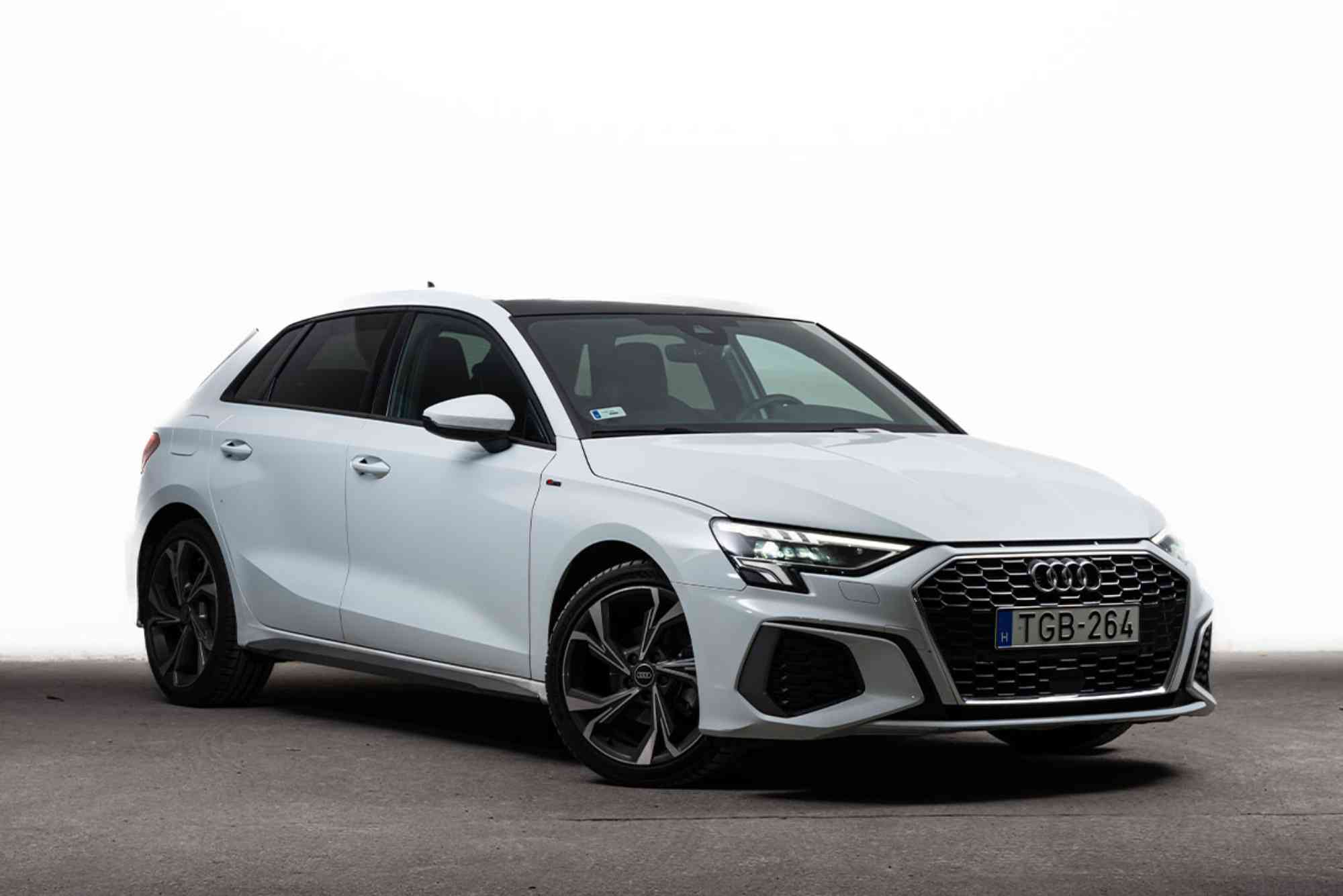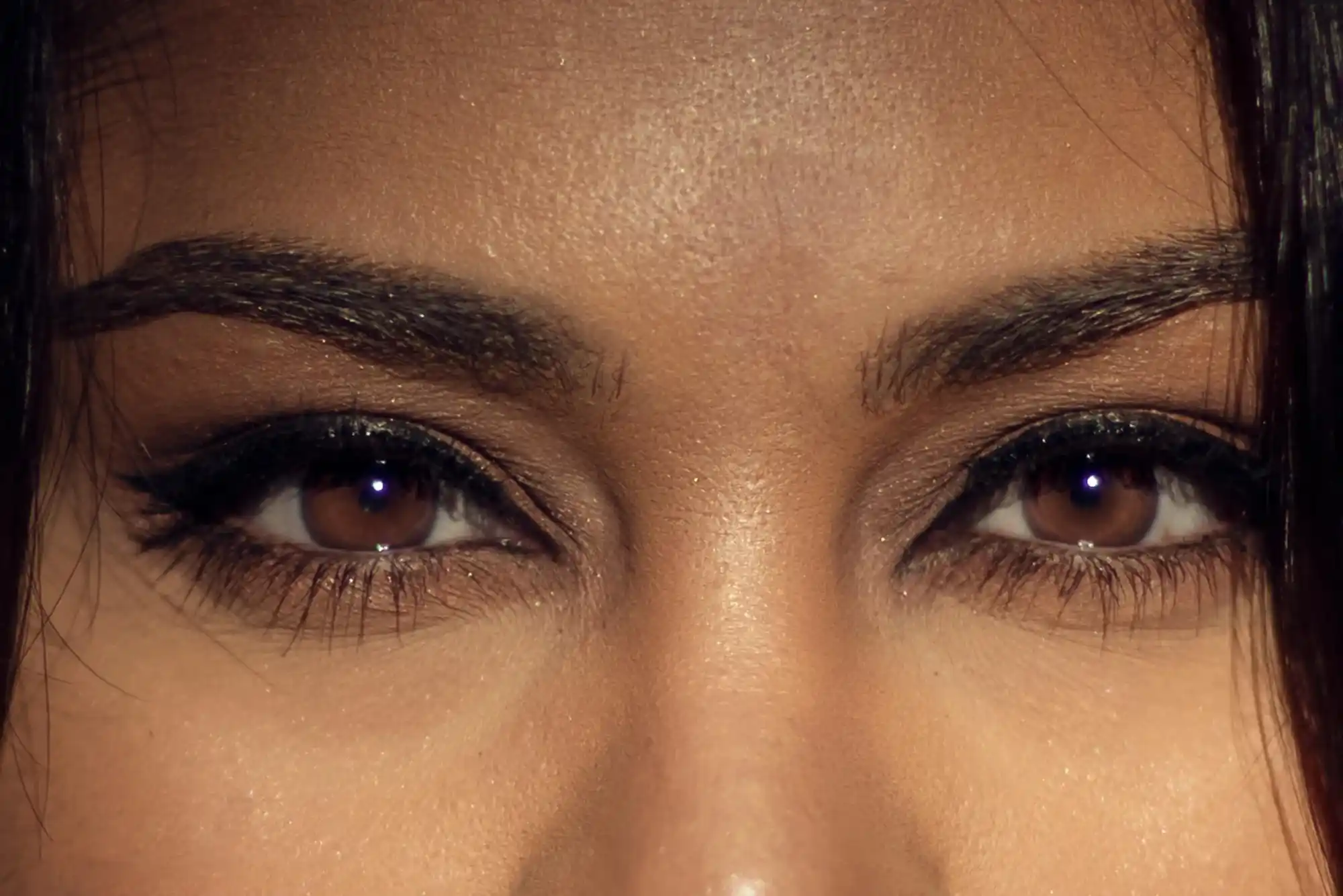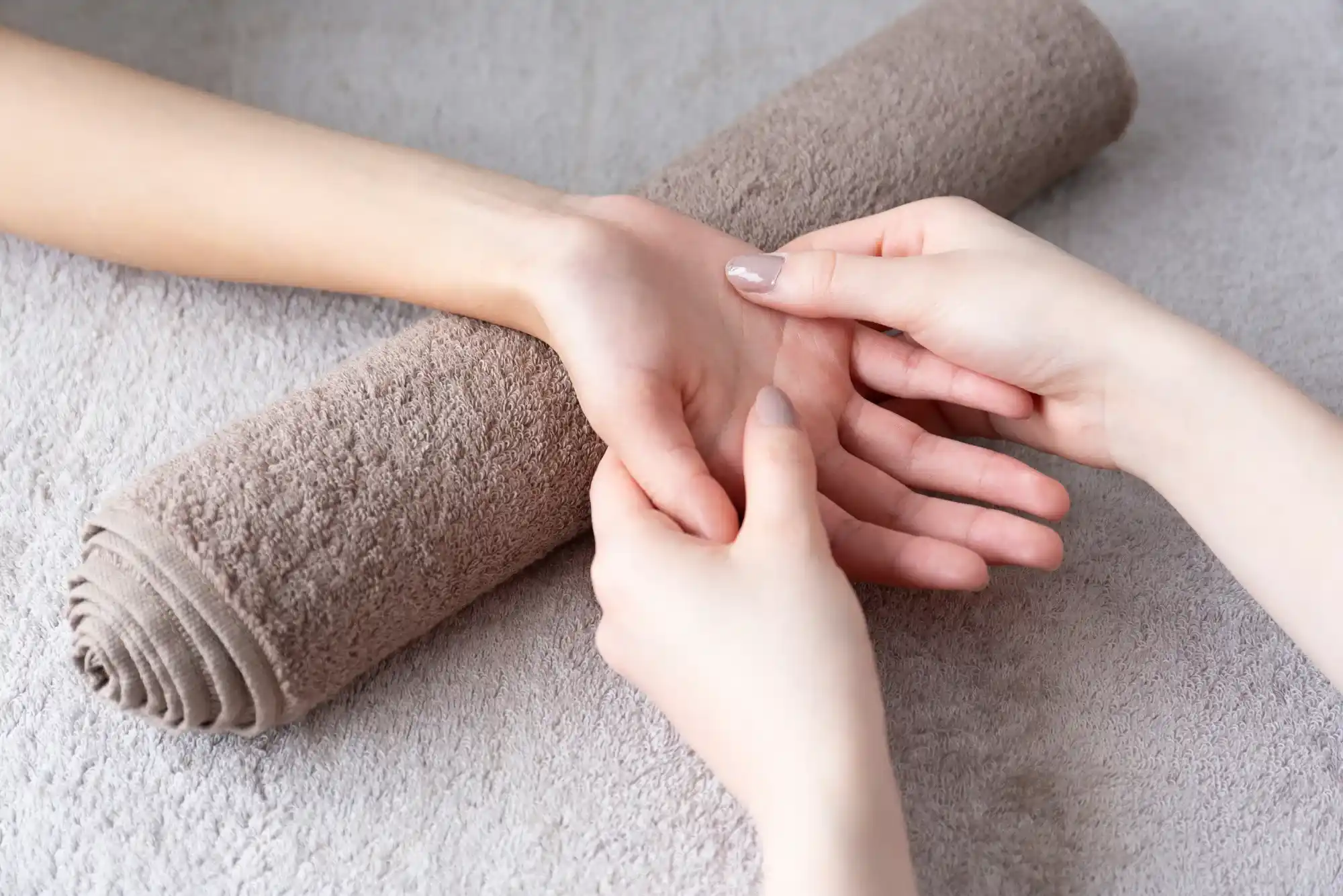Introduction
Choosing safe toys for your children is essential to protect their health and ensure their development. Many toys on the market contain harmful chemicals, small choking hazards, or unsafe materials. Parents and guardians need to be vigilant when selecting playthings for their little ones. This guide will help you understand which materials are safe, what to avoid, and how to make informed purchases to keep your child safe.
Why Safe and Non-Toxic Toys Matter
Children explore the world with their senses, often putting toys in their mouths. Toxic materials in toys can lead to serious health risks, including allergies, hormonal disruptions, or even neurological damage. Ensuring that your child’s toys are free from harmful substances such as lead, phthalates, and BPA is crucial. Safe toys not only protect their health but also enhance their sensory and cognitive development.
Key Factors to Consider When Choosing Safe Toys
Material Composition: Opt for toys made of organic wood, food-grade silicone, natural rubber, or BPA-free plastic. These materials are safer and reduce the risk of chemical exposure.
Age Appropriateness: Always check the recommended age on toy packaging to avoid small parts that could be a choking hazard for younger children.
Non-Toxic Paints & Finishes: Ensure that any painted toys use water-based, non-toxic paints to prevent exposure to harmful chemicals.
Third-Party Safety Certifications: Look for certifications like ASTM, EN71, or the CPC mark, which ensure that the toy has been tested for safety standards.
Durability & Construction: Well-constructed toys without sharp edges or loose small parts minimize injury risks.
Brand Reputation & Reviews: Reputable brands like Qubix offer safer toy selections. Checking customer reviews can also provide insights into product safety and durability.
How to Identify Non-Toxic Materials in Toys
Wood Toys vs. Plastic Toys
Wooden toys made from sustainably sourced wood with non-toxic finishes are a great choice for children. Avoid wood toys with heavy varnishes or synthetic coatings, as these may contain harmful chemicals. If opting for plastic, choose BPA-free, phthalate-free, and PVC-free options.
Silicone & Natural Rubber Toys
Food-grade silicone and natural rubber toys are safe alternatives to plastic. They are soft, chewable, and ideal for teething infants. Ensure that they are free from added dyes or chemicals.
Fabric & Plush Toys
For stuffed animals and fabric-based toys, look for 100% organic cotton, bamboo, or hypoallergenic fabrics. Avoid plush toys with flame retardants, as they may contain toxic substances.
Guide to Choosing Safe Toys
Check for Safety Certifications
Look for labels such as ASTM F963 (U.S.), CE (European Union), or EN71 (Europe) on packaging to ensure compliance with safety regulations.
Read the Product Description & Labels
Always read the fine print on packaging. Avoid toys with vague descriptions or unknown materials.
Conduct a Smell & Touch Test
Toys with strong chemical odors may contain harmful substances. Additionally, feel the surface to check for any sharp edges or poorly constructed parts.
Research the Brand
Visit brand websites, check independent product reviews, and read testimonials. Trusted retailers like Qubix Dubai Shop Online provide high-quality, tested toys.
Avoid Second-Hand & Recalled Toys
Older toys may not meet current safety standards. Always check the recall lists provided by consumer safety organizations.
Choosing safe toys requires careful consideration of materials, certifications, and brand reputation. Always opt for non-toxic, durable, and age-appropriate options. By following this guide, you can ensure that your child’s playtime is not only fun but also safe. Shop responsibly and prioritize health over trends to give your child the best start in life.
FAQs: Common Concerns About Safe Toys
Q1: How can I tell if a toy is toxic?
Check for labels indicating “BPA-free,” “phthalate-free,” “lead-free,” and “non-toxic.” Also, avoid toys with strong chemical odors or poorly labeled packaging.
Q2: Are all plastic toys unsafe?
Not all plastics are harmful, but it’s best to choose BPA-free and phthalate-free plastics. Food-grade silicone and recycled plastics are safer alternatives.
Q3: What are the best materials for baby toys?
The safest options include organic cotton, untreated wood, food-grade silicone, and natural rubber.
Q4: Are electronic toys safe?
Electronic toys should have child-safe batteries and no exposed wires. Always check for safety certifications.
Q5: Where can I buy non-toxic toys?
Reputable retailers like Qubix offer a curated selection of safe, eco-friendly toys.












